Welcome
Cromford Mills is the home of Sir Richard Arkwright’s first mill complex, birthplace of the modern factory system and internationally recognised as a UNESCO World Heritage Site. It is owned and managed by The Arkwright Society Charity.
The venue is centred around a historic mill yard with shops, café, picnic tables and a Visitor Centre accessed from here. There is a second café, conference rooms and a grab and go takeaway facility across the road near the Cromford Canal.
Next to the main carpark is a picnic area and walk along the riverside meadow.
Tickets can be purchased on-line and the Carers Go Free policy is clearly visible at the point of purchase.
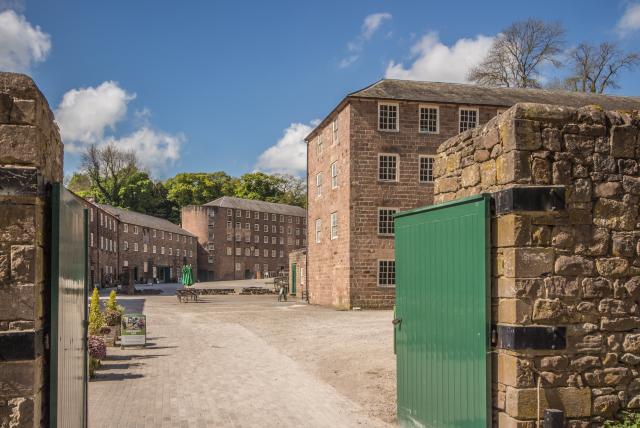
Level access
There is level access from the main entrance to:
Visitor CentreThe Arkwright ExperienceMill ShopMain Yard ToiletsVisitor Centre ToiletsChanging Places ToiletArkwright's CaféWheatcroft's Wharf CaféThe Mill ShopNetty ReddishWeaveKnititCromford Mills Cheese ShopEducation RoomMill YardViewing PlatformThere is level access from the car park to:
Beyond the Mill Walls Picnic AreaAccess with steps
There are steps from the main entrance to:
Tour Guide Room and Exhibition AreaCounting House Coffee Stop (Takeaway)The Countryside BookshopHeritage Antiques & CollectiblesCromford Mills AntiquesVisual
General
Getting here
Travel by public transport
There is a regular service between Derby and Matlock which stops at Cromford. The trains are operated by East Midlands Trains. Train times can be consulted on their website
Travel by taxi
There are no local firms that have wheelchair accessible taxi's.
Parking
It is level, but not smooth. The car park is reasonably level, with a slight slope leading up to the main entrance to the Mill. The car park is surfaced with rolled limestone, which gives a reasonable surface, but it is not smooth and has some loose stones. There are dropped kerbs leading to the road, and the crossing point to Wheatcroft's Wharf Cafe and the Grab and Go.
The area closest to the Mill entrance has accessible parking bays.
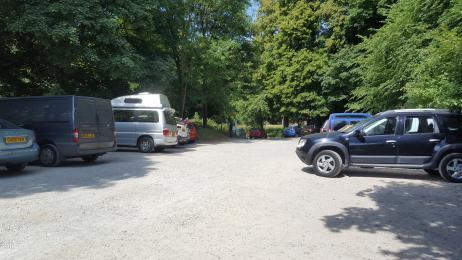
Arrival
Path to main entrance
Main entrance
The main entrance is directly from the carpark, and leads directly into the Mill Yard. It is outdoors and surfaced with rolled limestone and cobbles. Shops, Cafe and Visitor Centre are accessed off this space.
The tickets can be bought on line or in the Mill Shop, found on the lefthand side of the yard.
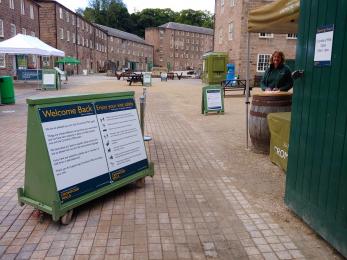
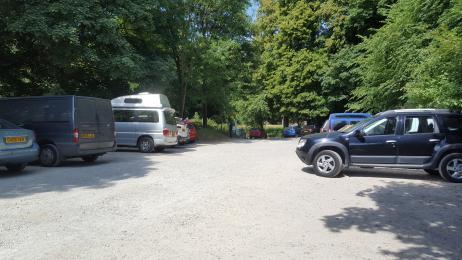
Getting around inside
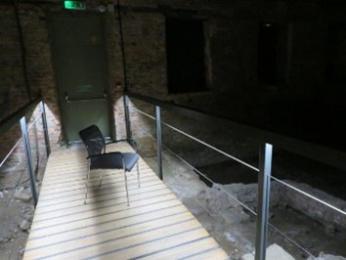
Ticket/ information desk
Mill Shop
The ticket and information desk is also the main counter in our Mill Shop. Tickets can also be bought online in advance of your visit.
Things to See and Do
Visitor Centre
The doorway is wide, and whilst it does not have a vision panel, the door is left open during opening hours and a volunteer is on-hand to greet and assist visitors. It is accessed over a narrow cobbled strip.
The Visitor Centre consists of two rooms connected by a long ramp. The first room gives the Visitor information all about the Derwent Valley World Heritage Site, through tactile displays and touch screen monitors at sitting height. There is an activity space both to the inside and outsideof the door. There is also a video taking the Visitor on a whistle stop tour of the Derwent Valley, which has subtiltles, but no audio descriptive track. There is a viewing area consisting of benches with space for wheelchairs at either side. At the left hand side of this room is an accessible toilet.
The second room is accessed up a long ramp. It describes Cromford Mills place on the global stage, looks at the history of the Slave Trade and also tracks the later story of Cromford Mills, and from there leads through into the Arkwright Experience.
Both rooms are wide and spacious and are clear of obstacles and projections.
Mobile phone signal is patch on the site, but Wi-fi is availble.
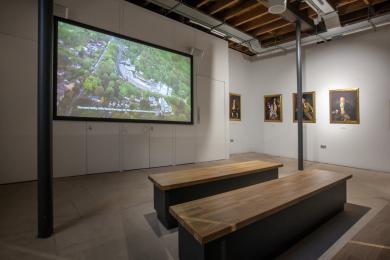
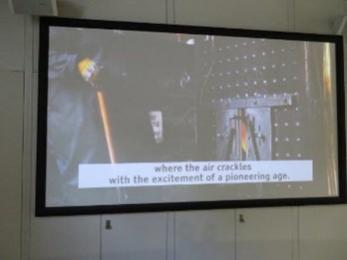
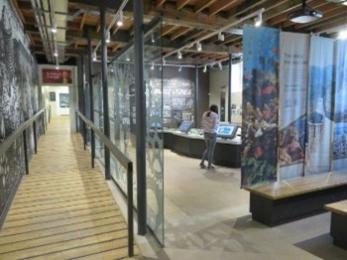
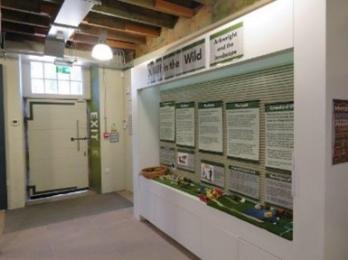
The Arkwright Experience
The Arkwright Experience is only viewed with a Tour Guide. It is accessed by a ramp, and then through two heavy doors, which are opened by the Tour Guide. It is dark and cold in this room, which is the first successful cotton spinning mill in the world. If you ask them, the tour guide can leave the lights on during the Experience. The hollogram begins on the wall behind the main feature, and then swiftly moves round to take place in the main space of the Mill building.
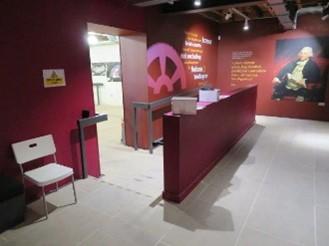
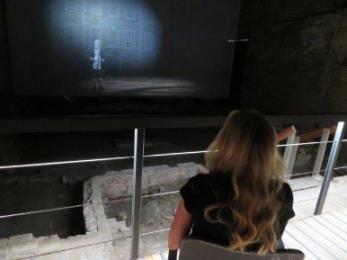
Tour Guide Room and Exhibition Area
The Tour Guides give their own illustrated talks and will suit their presentations to the people on the guided tour. The step into the room is a slight lip of 30mm.
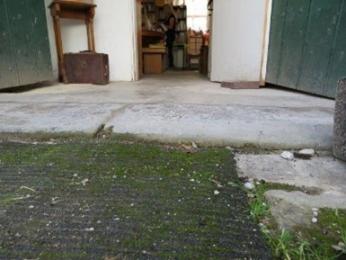
Spectator/ Audience viewing areas
Derwent Valley Mills Video
The video describes the Derwent Valley Mills World Heritage Site. It is accompanied by subtitles, but does not have an audio description track. The seating is inside the Visitor Centre, and has space at each end of the row for wheelchair users. There are subtitles on the screen, but no audio descriptive track.
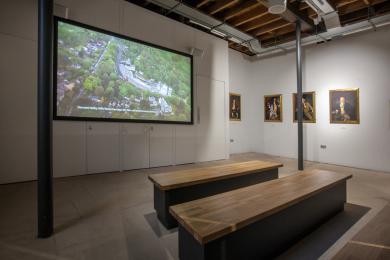
Public toilet
Main Yard Toilets
The toilet block has an outer, automatic door operated by sensor to this door as well as a ‘push button’ facility, both inside and outside. The external door, however, is only 720mm wide. (The accessible toilet in the Visitor Centre has a wider entrance.)
There is a ramp up to this toilet 1300mm wide. There is a single rail at a height of 1 metre to both sides of the ramp. Alternatively, there are two steps to access the toilet from the opposite side to the ramp. These have a tread of 300mm and a rise of 160mm.
ACCESSIBLE TOILET. The door to the accessible toilet is 880mm wide. It is an outward opening door, with a grab rail on the inside of the door to assist with opening and closing.
The room measures 1600mm x 2150mm.
The toilet is a Right-Hand transfer, with a 1400mm space in front of the accessible toilet. There is good visual contrast with blue grab-rails against the white background, although the toilet seat is white against a white background.
The sink has a lever tap, and the height to the top of the sink is 700mm. The emergency pull cord hangs right to the floor, there is an electric hand dryer and a general waste bin.
LADIES TOILET. There are three cubicles in the Ladies toilet, one of which has an outward opening door with hooks to the inside, intended for ambulant visitors with access needs. The door to this toilet is only 640mm wide and there are no grab-rails in this cubicle.
GENTS TOILET. There is one cubicle in the Gents toilet and two urinals at different heights.
BABY CHANGING FACILITY. The baby changing room has no ‘knee room’ beneath for wheelchair users wishing to change their baby. The door is quite narrow to facilitate wheelchair access, measuring 700mm wide.
A CHANGING PLACES TOILET is situated across the road from the Mill in the Derbyshire County Council carpark.
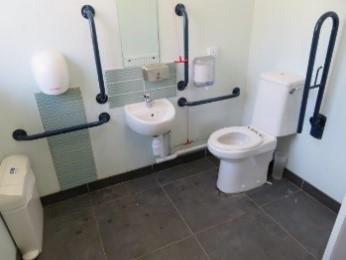
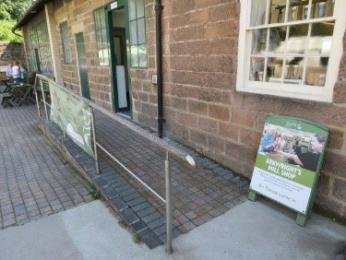
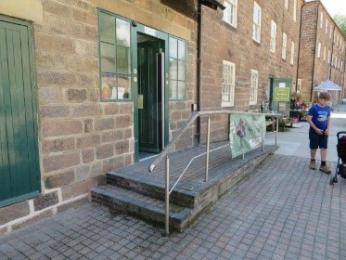
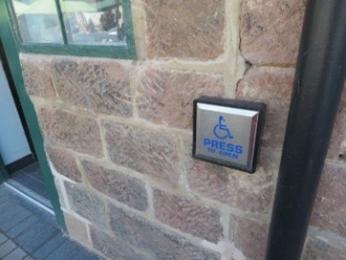
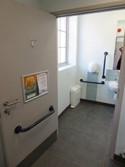
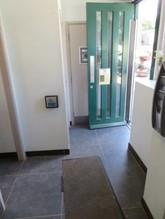
Public toilet
Visitor Centre Toilets
The clear opening door width is 850mm, and the room measures 1500mm x 2000mm. There is an outward opening door’ with a grab-rail on the inside of the door to assist with opening and closing. There is good visual contrast in the room, and a shelf by the toilet.
The toilet is a ‘Right-Hand transfer’ with 1250mm space available in front of the toilet.
The sink, with lever tap, is at a height of 740mm to the top and 700mm to the bottom edge. There is general waste bin, an emergency pull-cord reaching to the floor, and an electric hand drier. There is a mirror on the back of the door, which can be accessed by all.
There is a second toilet in the Arkwright Experience. It is a form of accessible toilet, with an emergency pull-cord to the floor and lever taps. This toilet is a Left-Hand transfer – the only one on the Cromford Mills site.
There is also a baby changing facility in this toilet.
There is a mirror but this is at a height which is not accessible by wheelchair users, and the visual contrast in this toilet is not good, with a white toilet seat on white porcelain.
Derbyshire County Council have provided a Changing Places Toilet in their carpark on the other side of the road to the main Cromford Mills Site.
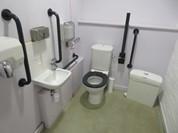
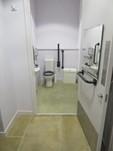
Public toilet
Changing Places Toilet
This Changing Places toilet is provided by Derbyshire County Council and is located in their carpark accross the road from Cromford Mills at Cromford Wharf. (For full details check out their website: https://www.derbyshire.gov.uk/social-health/adult-care-and-wellbeing/get...)
Shop
The Mill Shop
The Mill Shop is also the main Ticket desk. It does not have a low level counter, but staff are happy to help if needed. The Mill Shop sells a variety of souveniers and gifts, and there are also some sensory toys available for sale in the shop.
Shop
The Countryside Bookshop
There is an outer manual door with a clear opening door width of 1060mm, and an inner manual door of 930mm. both these doors are open when the shop is open
There is a slight tip to the outer door, and a step of 140mm to the inner door.
Circulation space in the shop is currently limited.
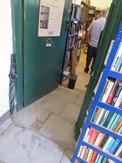
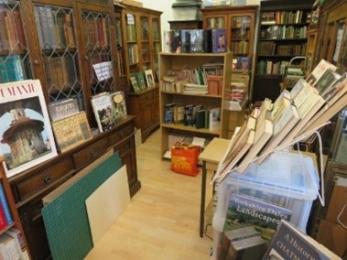
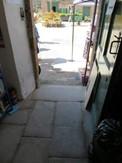
Shop
Heritage Antiques & Collectibles
There is an outer door with a clear opening width of 1050mm, and an inner door of 700mm, with a small lip over the threshold of 35mm.
The internal space has a width of between 900mm and 1100mm throughout.
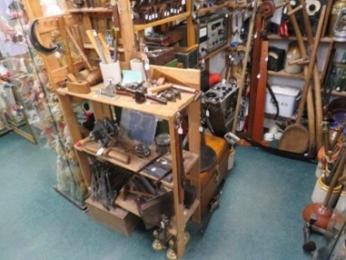
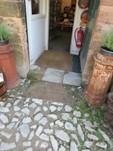
Shop
Netty Reddish
There are double outer doors with a clear opening door width of 1900mm in total.
There is an inner door with a clear opening door width of 840mm.
The internal space has a width of between 780mm and 970mm.
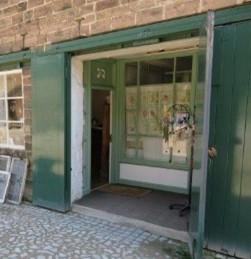
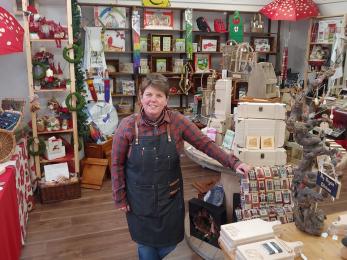
Shop
WeaveKnitit
There are double outer doors with a clear opening door width of 1900mm in total.
There is an inner door with a clear opening door width of 840mm.
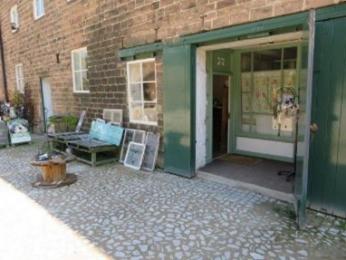
Shop
Cromford Mills Cheese Shop
The width inside the shop varies from 900mm to 1100mm.
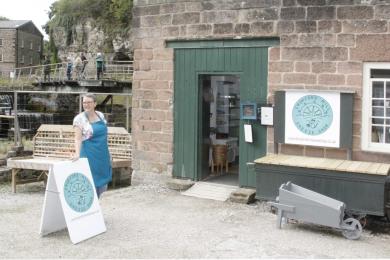
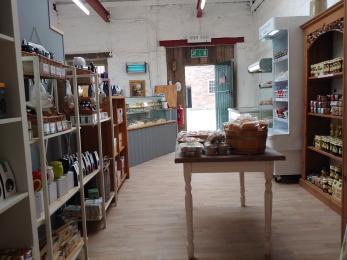
Shop
Cromford Mills Antiques
The outer, manual door has a clear opening door width of 1070mm.
The inner, manual door has a clear opening door width of 1050mm. The height of this door is 1860mm.
There is a small step to access the unit.
There is relatively good circulation space within this unit, with aisle widths of 850mm, 980mm and 1200mm.
There are magnifying glasses available for visitors who require them.
Dogs are not allowed in this space apart from Guide dogs. This is clearly indicated on-site.
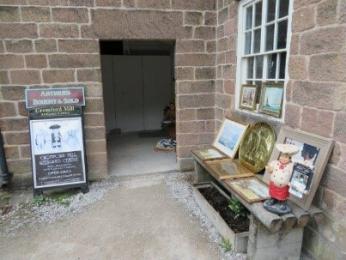
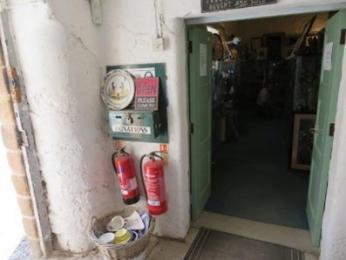
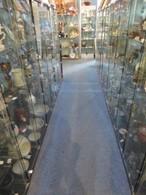
Place to eat and drink
Arkwright's Café
Tables can be reserved in the café, and table service is available for visitors who need it. although there is no lower counter, staff will come round to take an order. Dietary requirements are catered for including vegetarian and vegan options. The menu is written in larger text on a blackboard. The tables inside are at a height of 710mm to the underside, enabling wheelchair users to wheel easily underneath. Outside, they are at a height of 700mm.
Mobile phone signal is patch on the site, but Wi-fi is availble.
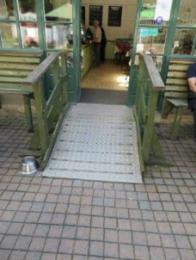

Place to eat and drink
Wheatcroft's Wharf Café
Wheatcrofts Café is situated on the opposite side of Mill Lane to the main Mill site. There are dropped kerbs to access it, and a surface of rolled pressed limestone. The glass doors have transfers on them. The upstairs is not accessible to people in wheelchairs. There is a very small toilet on the first floor.
Mobile phone signal is patch on the site, but Wi-fi is availble.
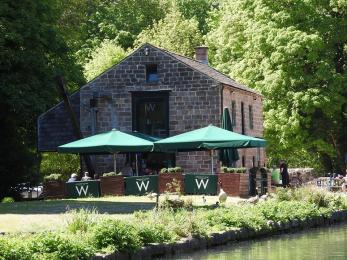
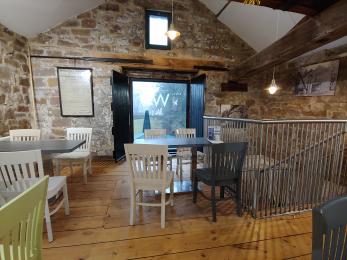
Place to eat and drink
Counting House Coffee Stop (Takeaway)
The Counting House Coffee Stop is a grab and go facility where you can pick up a range of food and drinks to eat outside.
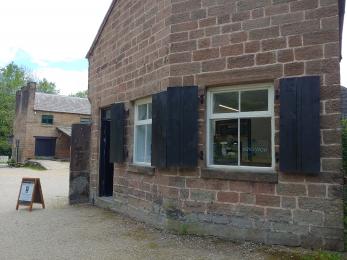
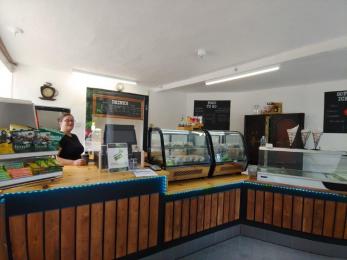
Education Room
This room is mainly used for educational groups, although it can be used for events as well.
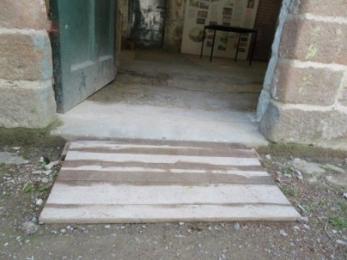
Getting around outside
Beyond the Mill Walls
The Beyond the Mill Walls project area is just outside Cromford Mills and takes takes the visitor along the River Derwent, through trees and a wildflower meadow. It has benches and picnic tables and is home to the Scavengers' Scramble sculpture trail, which has tactile chainsaw sculptures and natural frameworks for children's play.
Church Walk is the main accessible route. It follows the old carriage path between what is now the A6 and St Mary's Church, the pathway is rolled limestone and is flat, but not completely smooth. The path is bordered on one side by a mound covering a pipeline.
The pathway which runs alongside the River Derwent can be accessed over a low section of the pipeline (small mound) at the church end, but it is not suitable for all wheelchair users. The riverside path runs through a wildflower meadow and the surface is grass. There are benches along the route. Please be aware that as you leave the area where the benches are, the path becomes more narrow with an adverse camber, and small treeroots on the surface.
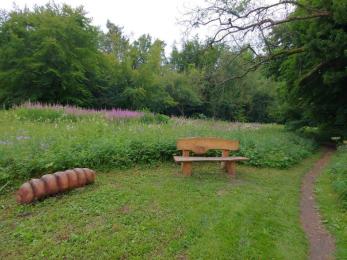
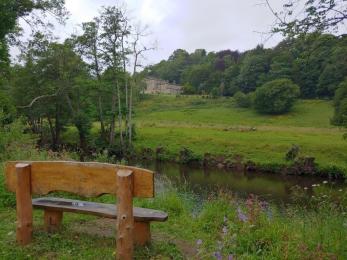
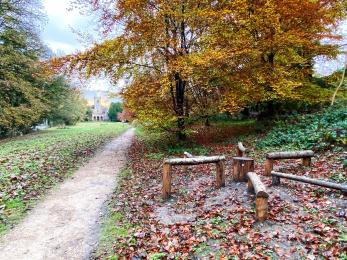
Picnic Area
Beyond the Mill Walls Picnic Area
The Picnic Area is part of the Beyond the Mill Walls Project. It has tactile chainsaw sculptures for play, and a living willow woven cottage. There are two benches and two accessible picnic tables.
The pathway from the carpark is rolled limestone.
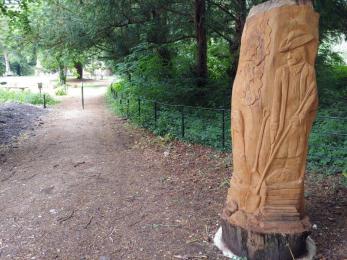
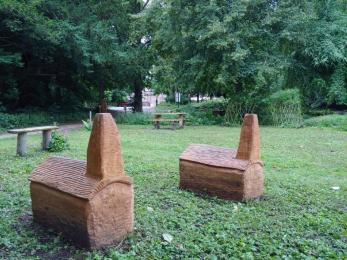
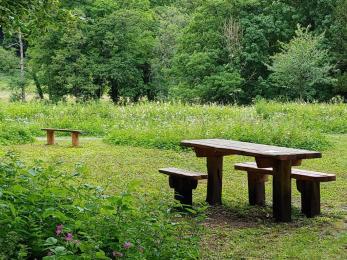
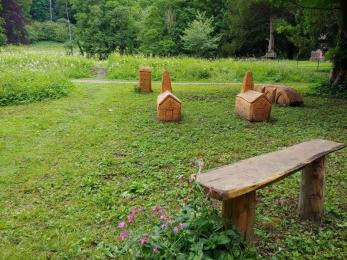
Picnic Area
Riverside Meadow Picnic tables
The wildflower meadow by the riverside has picnic tables dotted throughout the meadow. The one nearest to the river is an accessible table, and we will be working at improvingthe path to this one. The others are rached on pathways mown through the meadow.
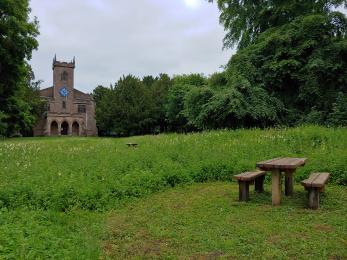
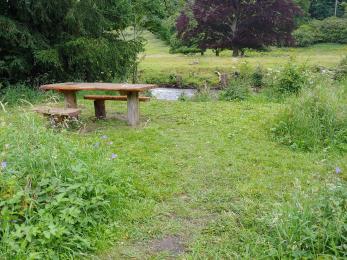
Mill Yard
All the buildings of the Mill are reached from the Mill Yard. The surface consists of rolled limestone and some areas of cobbles: the surface is flat, but uneven. Some areas have changes in the surface level where the archaeological remains of some of the old mill buildings are on display.
It is possible to get wheelchair access right the way up to the VIsitor Centre at the top of the mill yard, and across the watercourse to the viewing platform.
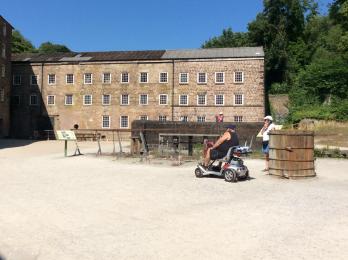
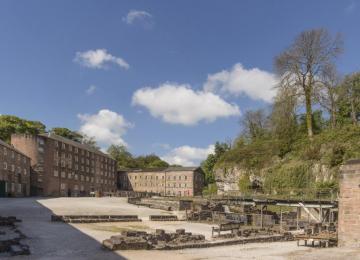
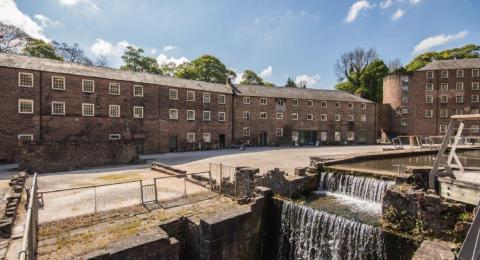
Viewing Platform
The wooden viewing platfomr is reached form the top end of the yard by crossing the bridge over the watercourse, This has a slight ramp up and down.
The Veiwing platform allows visitors to view the wheel pit and the archaeological ruins of the Second Mill. The waterfall into the wheelpit shows how powerful water can be, and why Sir Richard Arkwright built his mills at Cromford. It is very noisy.
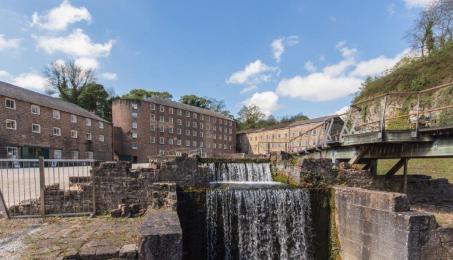
Customer care support
We are part of the Derbyshire County Council tramper hire scheme, and from May 2021 will have a mobility scooter that can be hired in advance.
Customer care support
There are there are qualified First Aiders on-site.

 Download this guide as docx
Download this guide as docx